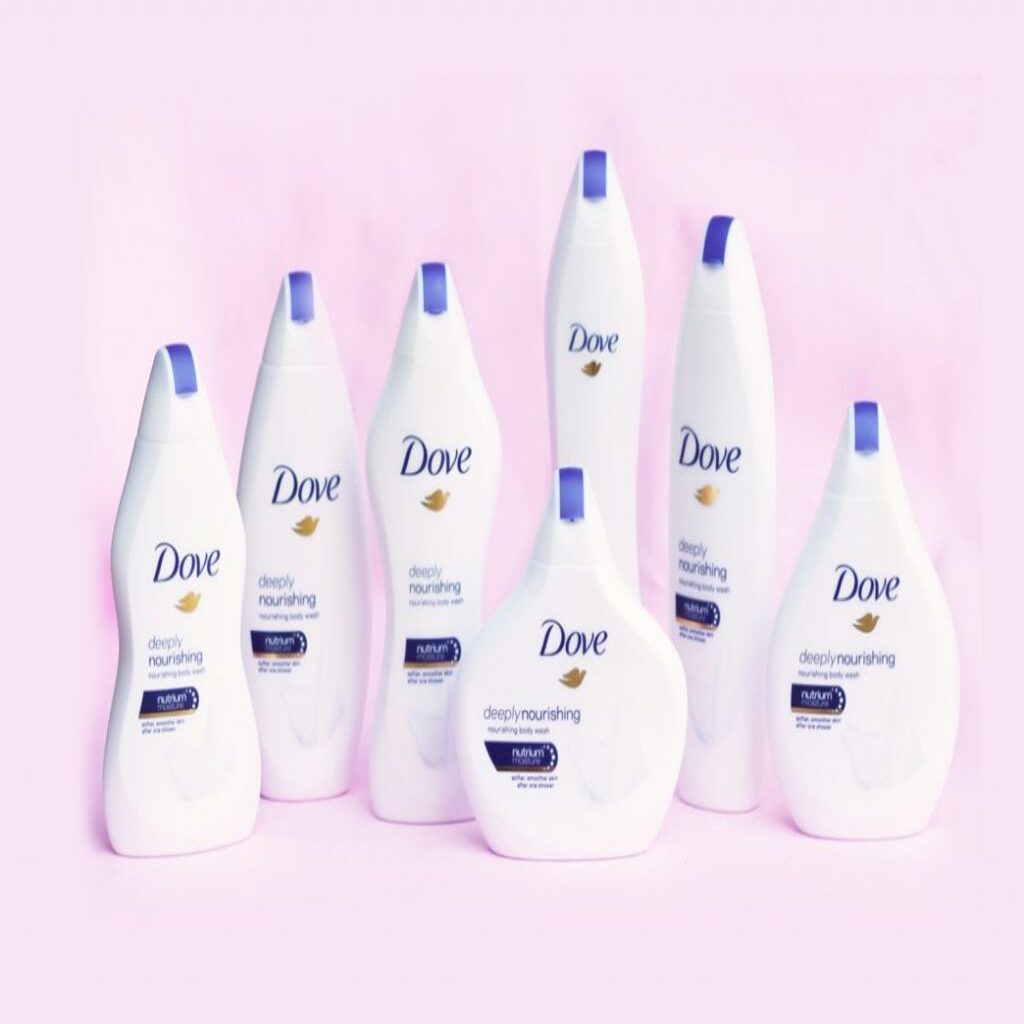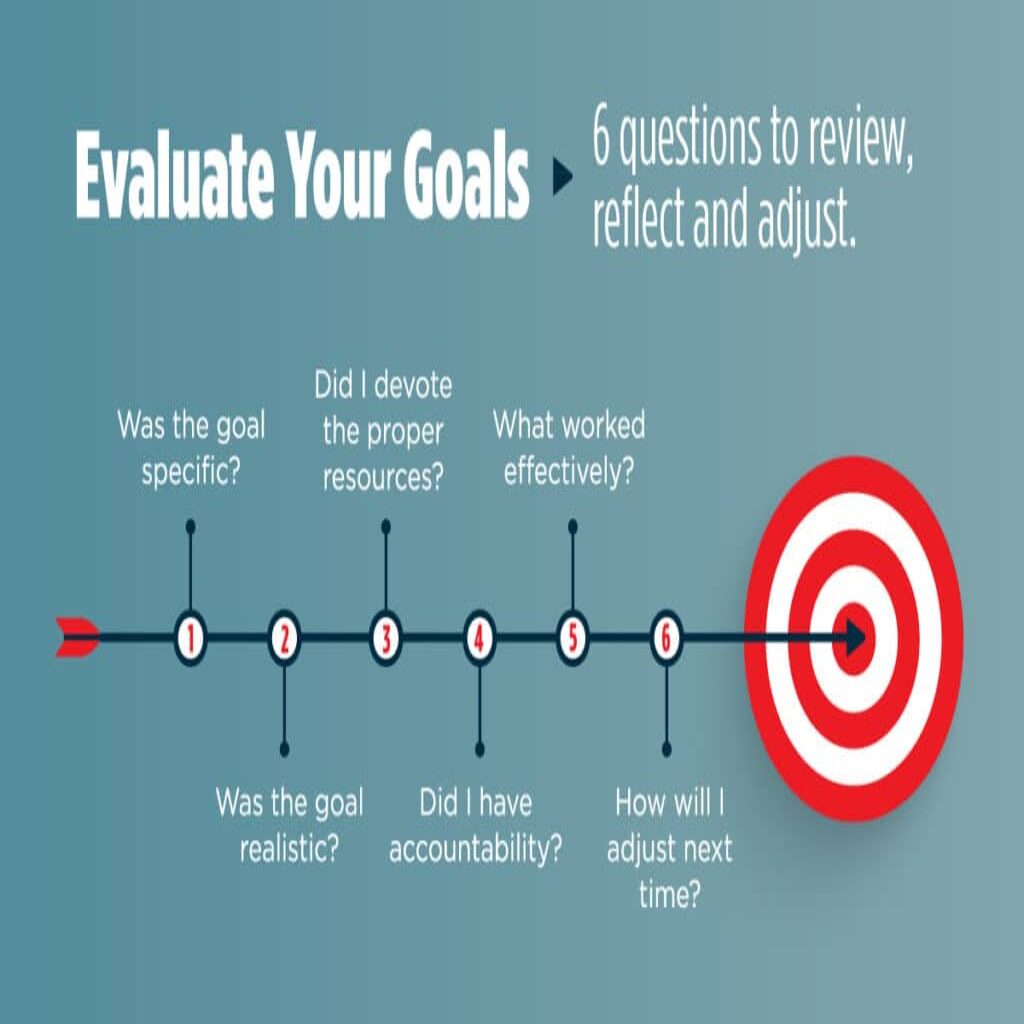All varieties of Maggi instant noodles were banned for about six months because of a Food Safety and Standards Authority of India (FSSAI) order accusing Maggi of having lead and monosodium glutamate above permissible limits. To everyone’s delight, Maggi did, however, relaunch in November 2015. Maggi always began informing its audience. To captivate their devoted customers’ attention, they employed the storytelling technique. They created tribute videos to express gratitude to their supporters. Additionally, they produced several videos with the hashtag #WeMissYouToo that spoke to various consumer groups, including Indian mothers who have been preparing Maggi for their children ever since it was launched and boys and girls living in hostels. This is how Maggi reconnected with their audience without the help of brand ambassadors from the entertainment industry.

Old Spice told a similar tale. There, they could appeal to the younger generation with their products. Procter & Gamble, the parent company, had to rebrand many of its goods. They hired several viral marketing campaigns, which assisted in the company regaining market share. Thankfully, it turned out well for the business.
What can we infer about brands from these stories? First, running an effective marketing campaign takes a lot of preparation and improvisation. Additionally, campaign objectives may change following your company’s growth strategy. For instance, campaigns to introduce new goods or services, boost user interaction, raise brand awareness, and more. Additionally, campaign objectives may change your company’s growth strategy. However, a campaign will save time and resources with a solid plan. On the other hand, a poorly run campaign can also hurt the brand’s reputation.
The key marketing campaign phases and it’s uses
In general, marketing campaigns are intricate. They demand a great deal of planning and thought. Additionally, brands must be aware of their audience and understand their marketing objectives.
For instance, Dove’s ‘body positivity’ packaging raises body image questions.
In 2017, the Dove body wash line from Unilever was sold in the UK in limited-edition Real Beauty Bottle packaging. They created packaging for the product to resemble various female body types, and the TV commercial encouraged viewers to “celebrate the many shapes and sizes of beauty.” They offered six different packaging types, which could have been much better. Since body positivity has been the brand’s theme and vision for more than 15 years, Dove rarely fails to convey this message. Unfortunately, the message of this well-intentioned campaign did the exact opposite of what it set out to do. The Real Beauty Bottles served as a stand-in for the purchaser’s own body, compelling them to address a very challenging internal body image struggle frequently. Dove was left to deal with the fallout from the backlash while

It shows that campaigns are about more than just brand recognition, impressions, and participation. Additionally, it must effectively communicate the brand message. You must master these key marketing campaign phases if you want to succeed. It will assist you in getting better campaign results.
1. Goal-setting and research
Understanding how the target audience will interact with the campaign is the first step in creating one. It implies that businesses must be aware of consumer pain points. No matter how clever a campaign is, it would be useless if it didn’t address a customer issue. Most businesses need a set procedure when preparing a campaign. Before conducting any idea research, keep the following in mind: Determine the audience’s reaction to them. It will assist you in determining whether or not your marketing efforts will be successful. The budget is a constant worry for small and medium-sized businesses. However, you can determine the scope if you plan it out from the start. Experienced professionals will always be able to communicate with the target audience more effectively. Brands hire seasoned professionals for this reason. Incorporate the following information into your study:
- Customer characteristics and problems
- Market volume and existing patterns
- Competitor research
Additionally, make sure your goals are SMART: specific, measurable, actionable, realistic, and Time-bound. Some instances of SMART goals:
- Acquire more leads
- Drive more organic or referral traffic
- Raising brand awareness
- Gain more social media followers and email subscribers.
- Boost brand recognition and expand into new markets
Establish a schedule for your campaign’s activities so that you can accomplish these objectives in time.
2. Identify the Target Market
Finding your target audience is a crucial part of the next phase of your marketing campaign. You can only reach some people with a single marketing initiative. You must choose a particular customer group and speak with them. Next, you must develop a customer persona to understand your customers better. Then, modify your messages so that they speak to their issues, demands, and expectations.

In the audience profile, include the following information:
- Demographics like location, gender, and age
- A resume containing information about your job, position, and income,
- Family situation, and income in the home Interests
- Hobbies, and social preferences
- Their difficulties
The buyer persona should be as specific as possible. Additionally, you can develop buyer personas based on the ideal clients your business has previously served.
3. Test the campaign
28% of salespeople believe their brand’s marketing strategy could be more effective. Use internal teams to test your campaigns as well. It is also the simplest approach because team members may be in your target market. Your campaign aims to produce leads. You’ve chosen to include a landing page in the campaign. A landing page is a low-cost way to determine whether the target audience is receptive to your campaign’s message. But why would anyone divulge their information? If they are given something of value in return, they will. You can test which eBook, whitepaper, report, etc., generated the most leads by offering them.
Here are some considerations for making a landing page.
- Display just one offer: A minimal approach will lessen confusion.
- The navigation needs to be revised; one page is sufficient.
- Avoid links to other pages: Avoid keeping links that will lead visitors away from your webpage.
- Adapt it to mobile: As you can see, everything is now mobile-friendly.
Next, add the CTA to your campaign’s supporting materials. Use it in blog posts, social media posts, or newspaper advertisements. Additionally, gate your valuable content and use landing pages to gather information from your high-value offers about potential customers. For instance, before making a free eBook available for download, you can use a form to gather information about the visitor.
4. Distribute and advertise
While the phases mentioned above of a marketing campaign are centered on planning, distribution, and promotion, they also show the development toward execution. When choosing content distribution channels, there are countless options available. On the other hand, order the distribution channels according to the buyer’s persona. Facebook or LinkedIn are good choices if you are marketing a B2B good or service. Snapchat or Instagram are reasonable options if you’re marketing to teenagers or business owners. Use social media ads as well until you have a solid organic audience. It will assist you in spreading the word about your good or service to many people.
5. Track Performance
Do not pause viewing the campaign’s performance until the end. While the campaign is still active, could you continue to monitor its effectiveness? You can use it to assess the success of your campaign and how well it resonated with your target market. As a result, you still have time to make changes before it’s too late. Set up goal tracking for this. Use CRM software for campaign management, like blog posts and media downloads, where the number of views is typically sufficient.

You will benefit in the following ways from it:
- Plan and carry out numerous campaigns simultaneously across various channels.
- Keep track of the campaign’s results.
- Change the creatives, content, and understanding of expenditure from a single location.
- From the same platform, manage and nurture your leads.
- For follow-ups, coordinate with the sales department.
- Adapt to pertinent third-party applications
- Create daily, weekly, or monthly reports based on your needs.
6. Nurture Leads
Not all of the leads you obtain from the campaigns will be ready for purchase. It would help if you nurtured marketing leads to turn them into sales-qualified leads (SQLs). Thankfully, you can automate a significant portion of this procedure. Here’s an illustration. A potential customer accidentally visits your website and signs up for your email list for promotional offers. The lead is currently just a marketing lead. You will need to send them emails about product launches, special offers during certain seasons, etc., to convert them into SQL. It is now impossible to recall which prospect registered for which activity. Even spreadsheets are of little use in this case. Therefore, you require email automation software to contact leads automatically. You are not required to state your interest expressly. The automation software can complete this task on its own.
7. Decide which platforms you’ll use to run your campaign
Factors influencing the decision are the audience’s preferences, financial constraints, and levels of brand engagement. Look at the media outlets you currently employ to advertise your business. Which media outlet functions the best? Which of them lets you purchase advertisements? who have the highest levels of engagement? What matters most is: where your customers congregate. Need some inspiration? Check out the Paid, Earned, Shared, and Owned (PESO) model, which divides distribution channels into these categories.
8. You should establish a campaign schedule
Setting a deadline for your campaign will help you plan when, how, and how frequently you’ll promote it. How to do it is as follows:
- Create a broad campaign timeline, then mark your campaign’s start and end dates on a calendar.
- Work backwards from the campaign launch date by reviewing your marketing materials and preferred promotional channels.
- Given your resources, how frequently can you post and promote your campaign content?
Make a promotional calendar for each marketing channel using the information provided. Set a cadence for each channel and schedule your posts, emails, and other activities on your calendar. You can distribute campaign promotions equally across all media by visually mapping your marketing campaign. Additionally, it will help you track where your time and effort are going so that you can evaluate the success of your campaign in the future.
Tools for scheduling emails and posts on social media ease the burden of posting frequently. Using Your Marketing Campaign to Convert Customers The conversion stage is about how your campaign can result in a particular outcome.
9. Watch the appropriate metrics
The metrics you’ll use to measure the success of your marketing campaigns will vary depending on the kind of campaign you’re running and the distribution channels you’ve selected. This section provides a general overview to help you decide what to watch. Vanity metrics like generated traffic, click-through rate, and impressions are also alluring to concentrate on. A rise in these metrics is unquestionably positive, but they cannot be the only metrics used to gauge the success of your campaign because they do not always translate into an increase in revenue. You can quickly scan the list for new metrics to track your campaigns.
The Evaluation of Your Marketing Campaign
Your success is determined by the post-campaign phase just as much as the planning phase. Understanding the audience, marketing channels, and financial situation can be done by measuring and analyzing the data from your campaigns. Additionally, it will help future campaigns. Understanding whether or not your campaign achieved the initial SMART goal outlined in Step One will help you quickly determine this.

The campaign did, fantastic! If you need help, you can examine the data to determine why. If your objective were to increase organic blog views by 100,000, for instance, any increase in views would be a success.
But there is a distinction between a successful and worthwhile campaign. A successful campaign’s returns on investment is proportionate to the time and effort you invested in it. Pro tip: Don’t assume that increasing pre-orders, leads, views, or engagements is sufficient just because you can celebrate it. There’s a reason why setting a campaign goal should be done first. Maintaining focus on that objective and gauging your investment will ensure your campaign is profitable.
Also Read: What is the Role of Marketing In Business
Final Thoughts
Planning is crucial if you want to win this challenging competition. You can develop timely, sincere, and persuasive plans by concentrating on the marketing above campaign phases. Additionally, segmenting your campaign into phases will enable you to focus on specifics frequently missed when looking at it as a whole. Without a doubt, marketing initiatives have been influencing brand strategy for a very long time. What we typically witness is a success, but there have been numerous preparations, iterations, and failures before that. Thankfully, we now have software that can synchronize marketing across channels.















